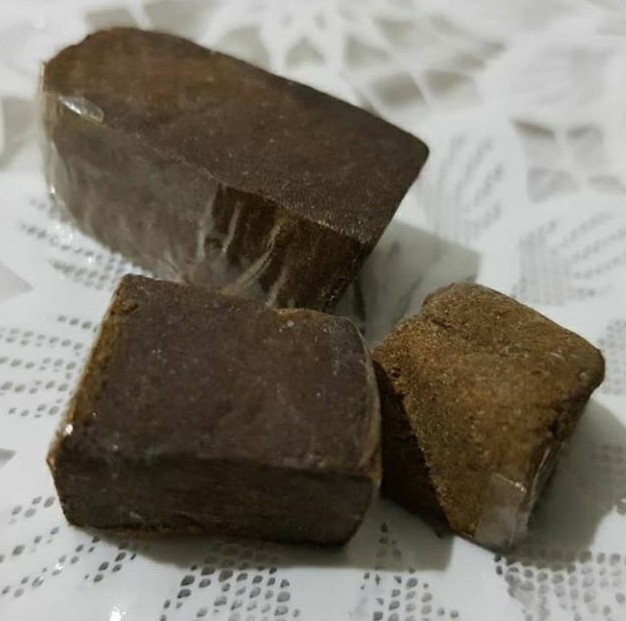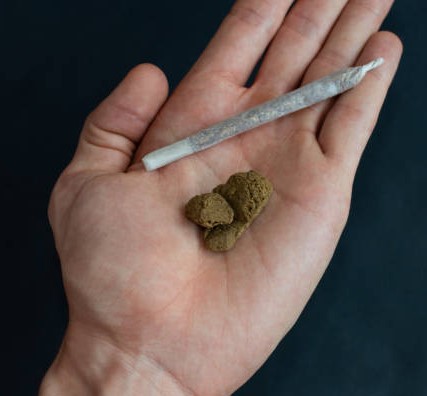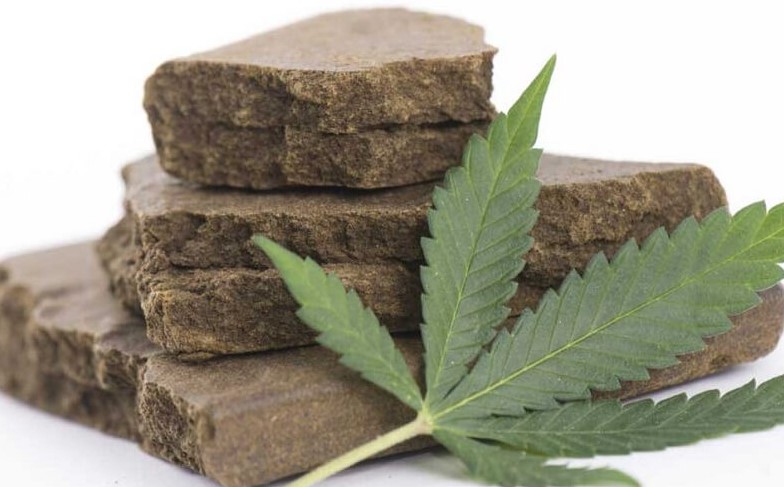Despite the fact that Moroccan hashish is widely recognized as an ancient, conventional product in many European countries, it is a relatively recent innovation. The truth is that while Moroccan hash culture is rather young when compared to other cannabis concentrate-producing nations, it is quite old when compared to non-concentrate producing countries. The ancient history of cannabis production in regions like the Middle East and Central Asia goes back centuries, but dry sieving technology from Lebanon and Afghanistan was unknown in Northern Africa until the second part of the 20th century, when Western visitors from Europe’s “Hippy Hashish Trail” introduced it.
Cannabis, hashish, opium, and other narcotics had previously been manufactured in these countries and were popular with tourists. In order to experience the liberty that may be found in certain regions of the globe today, these visitors traveled to nations where cannabis, hashish, opium, and other narcotics had previously been produced. Lebanon, Turkey, Afghanistan Pakistan India – and Nepal were all stops on this fascinating and exotic journey. According to some stories, some of these nomads were originally schooled in ancient techniques for producing dry sift, which were then improved upon at industrial levels. Some of these people moved to Morocco shortly after and taught the locals how to extract cannabis from plants and ship it internationally.
Cannabis in Morocco has a long history, dating back to the seventh through 11th centuries AD, when Arab invaders introduced the crop during the 7th through 11th centuries AD. Hashish wasn’t produced in this area until Westerners from Asia and the Middle East informed Moroccans about separating marijuana plants. Before that, Moroccans used sebsi pipes to smoke kief, which was a mixture of dried and ground herbs comparable to tobacco and cannabis. Hashish was also available in some quantities; however, it was generally Lebanese or Argelian hash, which was frequently available in tiny amounts.

It’s not uncommon for Moroccans to employ dry sieving rather than other methods, such as charas or hand rubbing, which are popular in humid climates like Nepal, Kashmir, or Northern India. Cannabis production was subsequently relocated to the mountainous province of Rif, northeast of the country, where farmers and producers were free to cultivate without fear of being persecuted by authorities. Locals were also taught about important production and export techniques, allowing Morocco to establish itself as the world’s first supplier of hashish for the European market and challenge Afghanistan as the major producer.
Moroccan hashish traditional technique
The Moroccan plant was traditionally short-medium in height with few side branches and a prominent main stem. The climate was frequently severe, with poor soil, searing heat, and restricted irrigation. Most of the plants used to make hashish were completely seeded, and many exhibited hermaphrodite (monoecious) characteristics. The roofs of the structures were frequently utilized to dry plants (a very aggressive drying method still employed today by some farmers), and they weren’t washed before being sieved, resulting in low-quality resins with a large number of pollutants.
The residue is collected in a container and filtered through a net. The plant would take about a month to fully cure. They’d cover the bucket or similar container with a mesh screen and lay the plants on top of it after it was completely dried. They exposed the mushrooms to a high degree of heat in order to extract their resin, after which they were packed in plastic and hit with sticks to let resin glands trapped at the bottom of the container out. Unbroken plants produced more resin than ground material, although there was an increased risk of introducing impurities.
After being hand-pressed, the fabric was then placed inside cellophane bags and weighted (usually 250g per bag). They’d heat up the press plates ahead of time to make things go more easily – especially with lower grades – before applying a pressure of several tons and making their well-known hashish bricks. It was also milled into tiny oval-shaped pellets, commonly known as “acorns” or “eggs,” making it easier to consume and go unnoticed at checkpoints. Moroccan hash with various shapes and weights is also accessible, having been modified to suit the method of smuggling.
The nation’s greatest gems, on the other hand, were frequently disregarded in favor of locals and producers, while hashish from the Rif was being carried by land through Morocco and Algeria to Europe via Spain as a gateway. Traditionally, Moroccan hashish was mostly consumed in Spain and the Netherlands, although it may be found in a variety of locations across the world. Still, as one travels further east, the quantity of Moroccan hash decreases until it is entirely replaced by resins from other producing countries such as Lebanon, Afghanistan, Pakistan, Nepal, or India.
Moroccan hashish today

Since the turn of the century, hashish production in Morocco has gone through two revolutions. On the one hand, and as said by UNODC, we have a complete quantity of hashish manufactured on a certain amount of land. After feminized cannabis seeds became available, these may already be found in Rif crops. Because they only cultivated female plants, the farmers were able to produce far more resin in their fields, resulting in an overall increase in hashish production. The peculiarity is that, at the same time, each year, cannabis cultivation was declining throughout Rif Morocco.
Greater benefits, on the other hand, allowed farmers to improve their goods by adding wells, irrigation systems, nutrients for cannabis and new seeds, albeit the technique used to make hashish was largely similar to that used in previous decades. It wasn’t until a few years later that new resin extraction technologies emerged; around the same time as Spain’s cannabis social clubs were flourishing.
Spain’s recent shift in cannabis laws has had a significant impact on marijuana cultivation and resin extraction methods in Morocco. The demands of an increasingly picky public must be met by today’s producers, who include members from hundreds of cannabis social clubs in Spain. As a consequence, Black Domina, Amnesia Haze, and Critical Mass have been produced for years in the Rif region, whereas new hybrids like Nicole Kush or Barbara Bud are cultivated across several fields.
Moroccan hashish is presently produced using dry sieving (in some cases with imported, high-quality meshes), ice water hash, rosin hash, and BHO. Fresh sift, on the other hand, is one of Spain’s most popular items. It’s clear that cannabis production in Morocco has altered dramatically in the last 15 years because to the introduction of new strains and sifting methods. We’re excited to see how it evolves!
